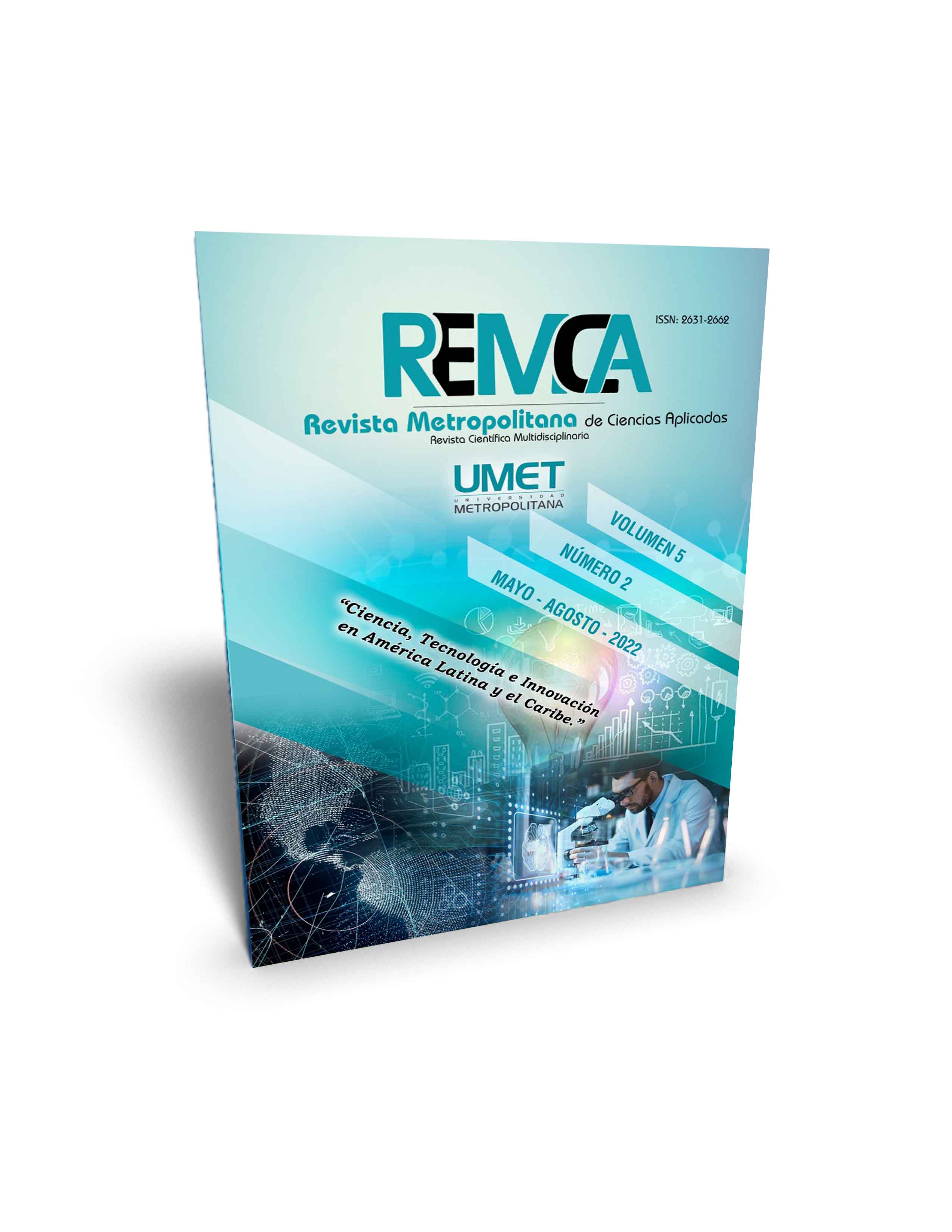Rhythm and balance basic aspects for the development of gross motor skills in 5 year old children
DOI:
https://doi.org/10.62452/wn3j9p84Keywords:
Ritmo, equilibrio, motricidad gruesa, habilidades, destrezasAbstract
This research originates as a product of the integration of three subjects Psychomotricity, Stimulation and Curricular Design, whose purpose is to improve motor skills in 5-year-old children, starting from this principle and to strengthen the paradigm on the relationship that exists between rhythm , balance and gross motor skills, a bibliographic review is made in the first instance, which subsequently leads to the development of activities to increase mature motor patterns, which strengthen the acquisition of more complex skills in relation to muscle control, body coordination , locomotion and balance using rhythm as a strategy, for this it is necessary to know the degree of body awareness, postural control, balance, conformation and location of the body that children have. From this perspective, an activity plan for gross motor development was drawn up based on what was established by the LOEI, where rhythm and balance are the channel for strengthening in this area, to meet the objective requested support to the Cordão de Ouro group, who provided the children with the required ages to carry out the investigative work. During the execution of the proposed activities, it was found that rhythm offers advantages that improve balance and at the same time favor the concept and body image, the expression of their emotions, creativity, and the development of their motor skills. In short, rhythm and balance are a regulating valve that leads to the comprehensive training of children.
Downloads
References
Arguedas, C. (2009). Música y expresión corporal en los procesos de enseñanza y aprendizaje del inglés, español y francés. Revista Electrónica Actualidades Investigativas en Educación, 9(1).
Ariza, J., & García, J. (2017). La enseñanza y el aprendizaje en educación física, un estado del arte de la producción científica en iberoamérica entre 2005 y 2016. Lúdica pedagógica, (25), 83 - 92.
Backes, B., Porta, M., & Difabio, H. (2015). El movimiento cororal en la educación infantil y la adquisición de saberes. Revista Educere, 18, 777 - 790.
Bucco, L., & Zubiaur, M. (2013). Desarrollomde las habilidades motoras fundamentales en función delsexo y del índice de masa corporal en escolares. Cuadernos de Psicología del Deporte, 13(2).
Campo, L., Jiménez, P., Maestre, & Paredes, N. (2011). Características del desarrollo motor en niños de 3 a 7 años de la ciudad de barranquilla. Psicogente, 14(25), 76-89.
Cidoncha, V., & Díaz, E. (2010). Aprendizaje motor. Las habilidades motrices básicas: coordinación y equilibrio. Revista digital EFDeportes.com., 15(147).
Colado, J., & Cortell, J. (2007). Evaluación en la enseñanza de las habilidades motrices básicas en el medio acuático: el equilibrio, aspectos introductorios. (U. S. Nurcia, Ed.) 2(1), 10 - 27.
Díaz, M., Morales, R., & Díaz, W. (2014). La múscia como recurso pedagógico en la edad preescolar. Revista Infancias Imágenes, 13(1), 102 - 108.
Ecuador. Ministerio de Educación. (2014). Currículo de Educación Inicial. https://educacion.gob.ec/wp-content/uploads/downloads/2014/06/curriculo-educacion-inicial-lowres.pdf
Montalvo, J., & Moreira, D. (2016). El cerebro y la música. Revista ecuatoriana de neurología, 25(1 - 3).
Mosquera, I. (2013). Influencia de la música en las emociones; una bereve revisión. Revista de Ciencias Sociales, Humanas y Artes, 1(2), 34 - 38.
Nista, V., & Moreira, W. (2017). Movimiento y expresión corporal en educación infantil. Narcea.
Organización de los Estados Iberoamericanos. (2010). Metas Educativas 2021: Propuestas Ibroamericanas y Análisis Nacional. Fundación Santillana.
Rigal, R. (2008). Educación motriz y educación psicomotriz en preescolar y primaria. Inde.
Saavedra, J., Díaz, W., Zúñiga, L., Navia, C., & Zamora, T. (2015). Correlación funcional del sistema límbico con la emoción, el aprendizaje y la memoria. Morfolia, 7(2).
Downloads
Published
Issue
Section
License
Copyright (c) 2022 Azucena Monserrate Macías Merizalde, Ignacio García Álvarez, Raisa Emilia Bernal Cerza (Autor/a)

This work is licensed under a Creative Commons Attribution-NonCommercial-ShareAlike 4.0 International License.
Authors who publish in Revista Metropolitana de Ciencias Aplicadas (REMCA), agree to the following terms:
1. Copyright
Authors retain unrestricted copyright to their work. Authors grant the journal the right of first publication. To this end, they assign the journal non-exclusive exploitation rights (reproduction, distribution, public communication, and transformation). Authors may enter into additional agreements for the non-exclusive distribution of the version of the work published in the journal, provided that acknowledgment of its initial publication in this journal is given.
© The authors.
2. License
The articles are published in the journal under the Creative Commons Attribution-NonCommercial-ShareAlike 4.0 International License (CC BY-NC-SA 4.0). The terms can be found at: https://creativecommons.org/licenses/by-nc-sa/4.0/deed.en
This license allows:
- Sharing: Copying and redistributing the material in any medium or format.
- Adapting: Remixing, transforming, and building upon the material.
Under the following terms:
- Attribution: You must give appropriate credit, provide a link to the license, and indicate if any changes were made. You may do this in any reasonable manner, but not in any way that suggests the licensor endorses or sponsors your use.
- NonCommercial: You may not use the material for commercial purposes.
- ShareAlike: If you remix, transform, or build upon the material, you must distribute your creation under the same license as the original work.
There are no additional restrictions. You may not apply legal terms or technological measures that legally restrict others from doing anything the license permits.




